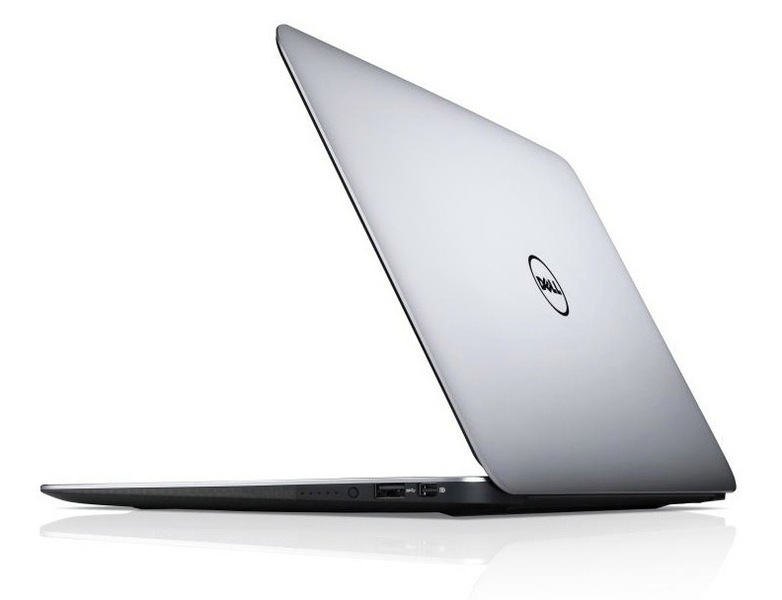KW1405 – Merging Your Operating Systems
Sliding from operating system to operating system is always cool, but the borders between the different OS’es sometimes make things hard. What if we took those away? We show you how using Virtualbox to merge your machine’s, your applications and your files using Virtualbox. Links Virtualbox Installing Guest Additions Sharing Folders with Guest OS Live…

